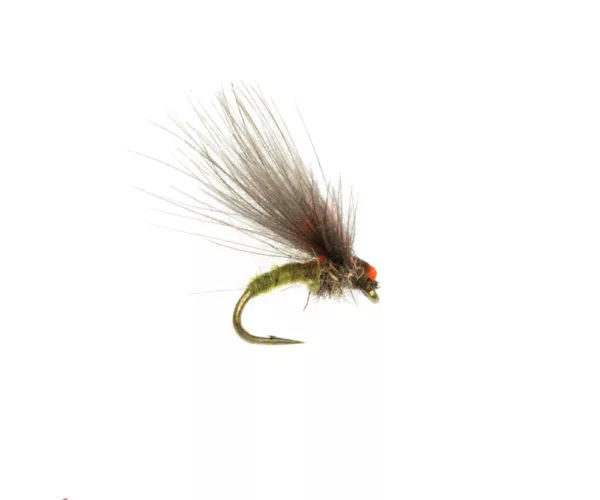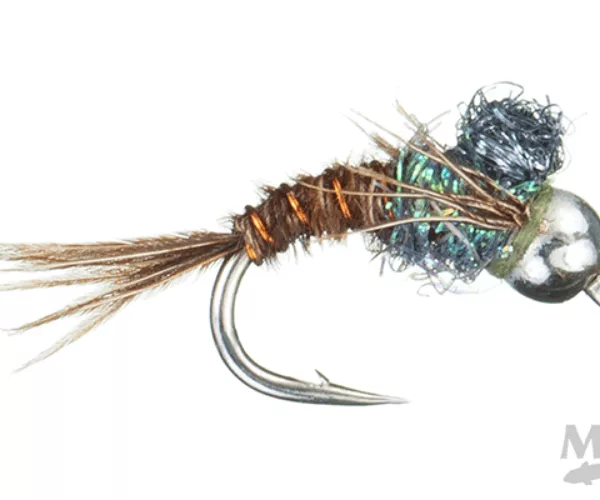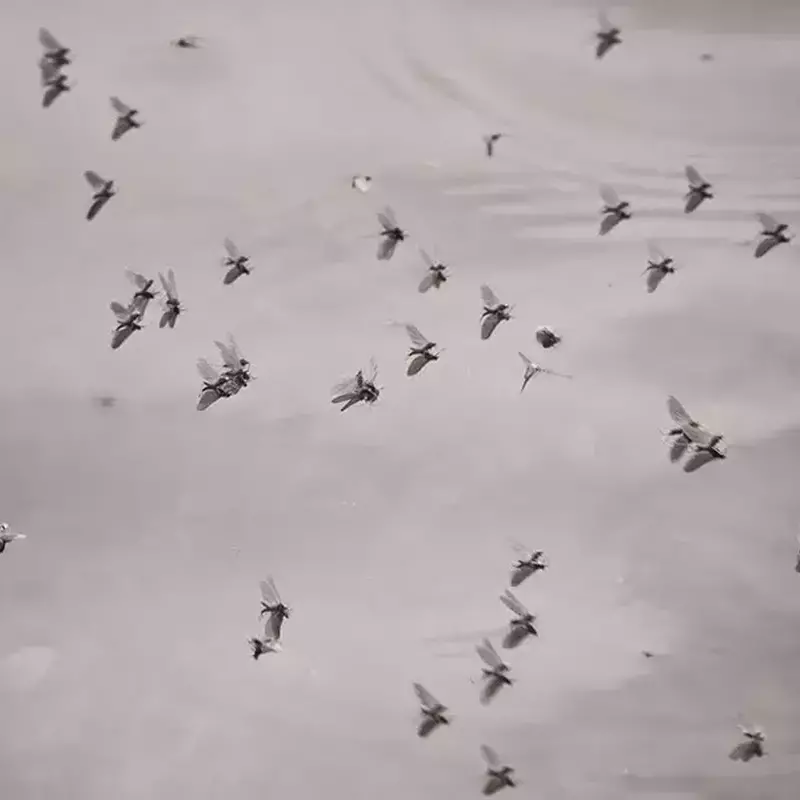7 Top BWO Emergers for Bozeman Fly Fishing
Posted by: Alex
Date: 09/08/2025
Blue-winged olive hatches are a common sight on Bozeman’s rivers in the spring and fall during cloudy, cool afternoons, and trout often feed heavily on emergers.
Guide Flies: BWO Emergers for Fly Fishing Near Bozeman
Having the right blue-winged olive emerger patterns in your box is essential for fishing this match-the-hatch angler favorite. With that in mind, here are seven of the most effective BWO emerger patterns that our Bozeman fly fishing guides always have on hand.
Our Top 7 BWO Emergers
7 Top BWO Emerger Fly Patterns for Bozeman Fly Fishing
In the spring and fall, when clouds roll through in the afternoons, blue-winged olive hatches show up in force, most notably on the lower Madison and Yellowstone rivers, as well as many other of our local waters. Trout often key on emergers caught in or just below the surface film, making them an easier target than fully hatched duns.
1) Barr’s Flashback Emerger
John Barr’s emerger has become a staple because it perfectly bridges the gap between an emerging nymph and a surface dun. The flashback adds just enough light to imitate the natural sheen of a struggling mayfly. It’s reliable when trout are feeding just under the surface but ignoring duns. Fish it best on a short dropper behind a dry fly so it drifts naturally.
2) RS2
One of the most versatile emergers for selective trout, the RS2 fishes well in film or slightly subsurface. Its olive body and sparse wing give a natural look that pressured fish don’t hesitate to eat. This pattern is especially dependable during BWO hatches on the spring creeks around the Bozeman area. It shines when fished in the surface film behind a visible dry or as the second fly on a light nymph rig.
3) Antonio’s BWO Emerger
This split-wing design is made to sit low, imitating an adult that hasn’t fully emerged. The hi-vis wing makes it easier for anglers to track while maintaining a realistic silhouette. It’s especially effective in slow seams where trout carefully inspect every fly. Trail it behind a parachute dry for picky risers that want an emerger struggling in the surface.
4) CDC Winged Emerger
The CDC fibers in this pattern give it natural movement and buoyancy, keeping it trapped in just below the surface where trout often focus. Its soft hackle-like look imitates a vulnerable insect struggling to emerge. A proven choice for spring creeks and slicks around Bozeman when trout are sipping delicately on calm afternoons. This fly works best when fished solo in the film or tied off the back of a small dry as a subtle emerger.
5) Trina’s Angelcase Emerger
Built to represent the critical transition stage of a mayfly pushing through its shuck, this fly fishes best in calm water. The subtle materials and slim profile make it convincing without overcomplication. It excels on clear, technical water where trout are feeding just beneath the surface. It’s most effective fished as the dropper in a dry–dropper setup or in tandem with a shallow nymph rig.
6) Tilt Wing Dun
Though it imitates the dun stage, its low-riding profile makes it an excellent emerger. The tilted wing creates a realistic “halfway” look of a mayfly struggling to take flight. This pattern often shines during cloudy afternoons on rivers near Bozeman. It’s best presented in the surface film, either fished alone or behind a small parachute-style dry.
7) Batwing Emerger
The Batwing’s natural silhouette and upright wing case make it a convincing choice during heavy emergences. It sits flush just below the surface, presenting the exact look of a mayfly caught mid-transition. On pressured rivers, this fly often fools trout that refuse more traditional dries. It works best as the trailer behind a visible dry so you can track it while it drifts.
A Spring and Fall Necessity
Blue-winged olives are a cornerstone of fall dry fly fishing on our home waters near Bozeman, trout rarely pass up the chance to feed on their emergers. Trout key into nymphs, emergers, and duns throughout these mayfly hatch cycles; making each stage of the mayfly life cycle equally important to both angler and fish. Savvy anglers head to area river with a well-rounded selection of BWO flies that imitate each of these stages when condtions align just right.
Related Articles From the Montana Fly Fishing Blog

Category: Education
Top 5 BWO Nymphs for Bozeman Fly Fishing in the Spring
Post Date: 02/24/2024
Anglers fishing near Bozeman should be familiar with blue-winged olive(BWO) mayflies as they are an abundant food source for wild Montana Trout. These aqautic insects hatch in prolific numbers, presenting...
Read Article








